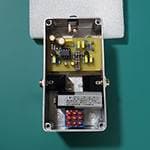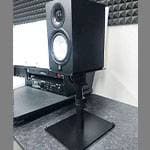Wasn't Meisho Tabaru’s stunning victory in the Takarazuka Kinen just amazing!?
With such a perfect example of horseracing, there’s no room for complaints. But, I have a little teeny tiny complaint. With that said, half of the year is already about to end, but I hope everyone is doing well!
This time, the subject is about nut materials, a point that some people are quite particular about. There are various topics like the impact nuts have on tuning how quickly the nut wears down, and how much the tone can change with the nut, among others. However, in reality, for most people, if they’re just playing at home and occasionally in a studio, they probably don’t notice these things too much. Given the difficulty of manufacturing, even though there may be some differences, it’s not a point where you often feel the disparity.
So this time, I would like to use one of my own basses as the main subject to experiment on and see what kind of differences there are.
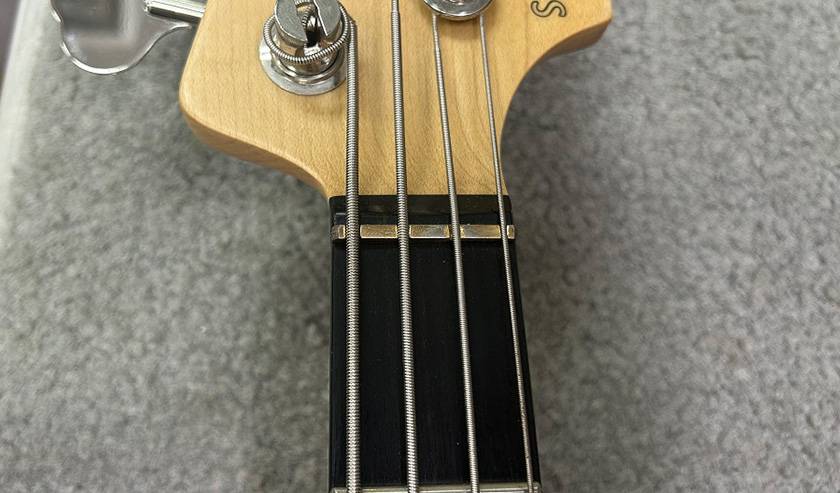
Before the replacement, it looked like this: a brass nut.
This bass has always had this nut, so honestly, I just thought, “This is how it’s supposed to be.” Don’t mind the quick fix on the second string’s groove. If I had to say anything about it since it’s metal, I would have to say that it tarnishes and it rusts!—and that cycle was starting to wear on me a bit.
The replacement is the classic of classics: an oil-soaked, unbleached bone nut.
I keep a plastic bottle with orange oil on the edge of my desk, where I soak bone nuts. I think it’s been like nearly two years since I last added a nut, so it should be more than ready by now.
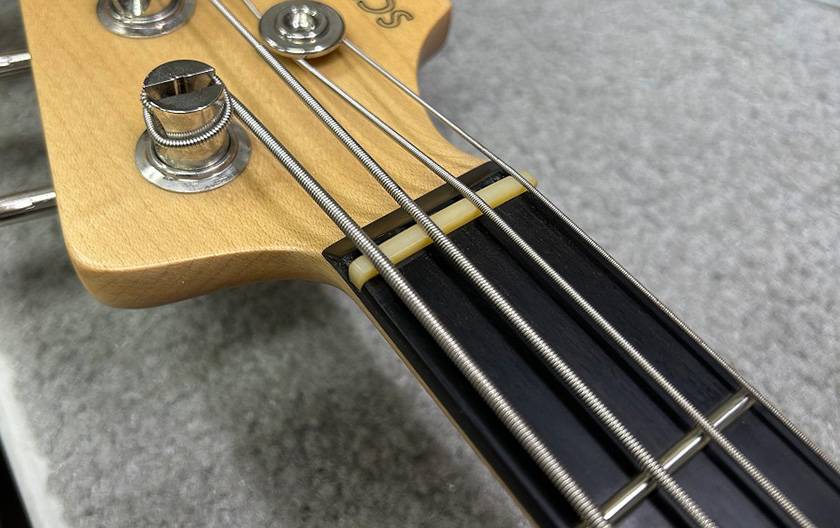
After the replacement, it looks like this.
How should I put it—it’s nothing special. Well, it’s just a classic material, properly shaped and installed, so that’s to be expected.
Normally, replacing the nut would mean changing the strings and redoing the entire setup, but since this time I’m doing a comparison with the pre-replacement state, I haven’t changed anything except the nut.
The same strings are still on, which feels a bit uncomfortable, but I’m leaving it that way. I compared both the amplified sound and the unplugged, acoustic sound.
Results
- The overtones became slightly more subdued, and the sound came together more cleanly.
- When rolling off the tone, the sound became just a bit rounder.
- The slapped “pull” notes sounded noticeably more controlled.
- Tuning stability didn’t change much.
- I didn’t notice much of a difference between the open strings and fretted notes.
With my level of hearing, that was the most I could pick up. Just to add: these differences only applied to open strings. Strictly speaking, there are perhaps some differences, but not enough that I could really feel them while playing.
As for the difference between open and fretted notes, since fretting the string changes its length significantly, I think that change alone has more impact than any material difference.
Regarding durability, since not much time has passed since the swap, I’ll withhold any comments for now.
The only notable difference I really felt was the sound of the “pull” in slap playing. But actually, it made me realize how harsh it sounded before the change. The new nut made it feel nicely tamed.
To be completely honest, the changes were minimal for the amount of effort involved. But I think this is how it goes. The changes are fairly minimal on the instrument, but each part will gradually fine-tune the instrument to a state that will suit your preferences. I encourage everyone to try out different things and find the parts and setup that feel best for you.
Take care, and remember, there are plenty of different kinds of nuts to choose from!







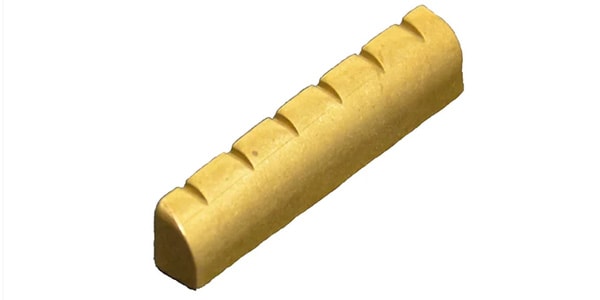
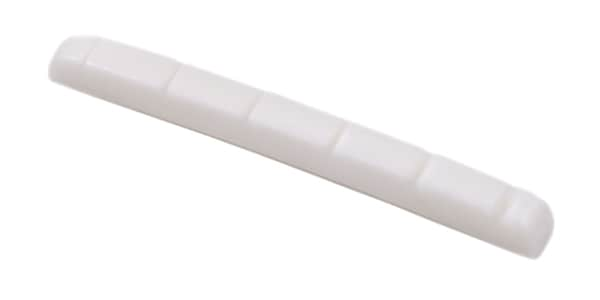
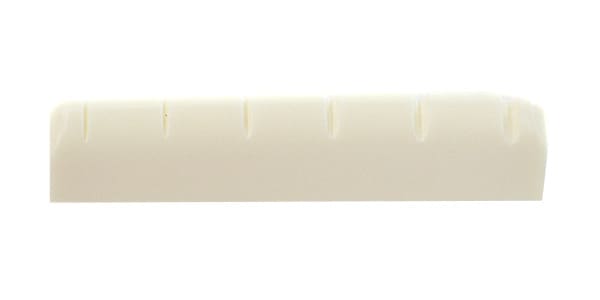
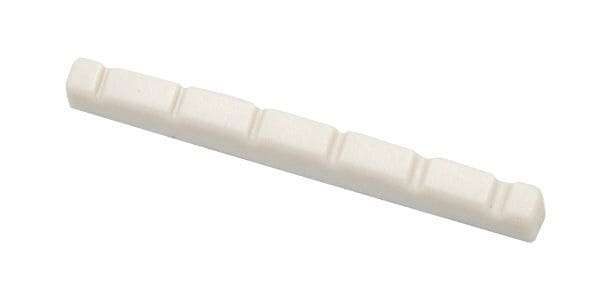
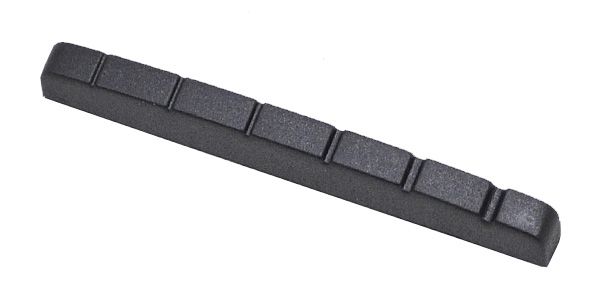
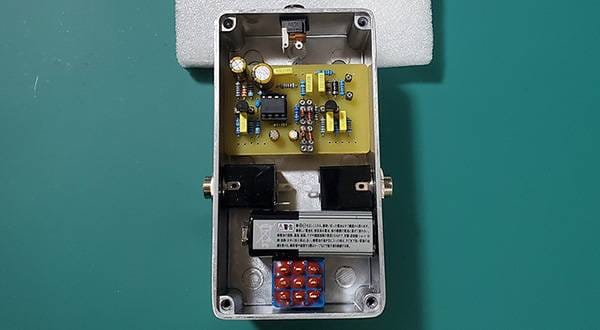

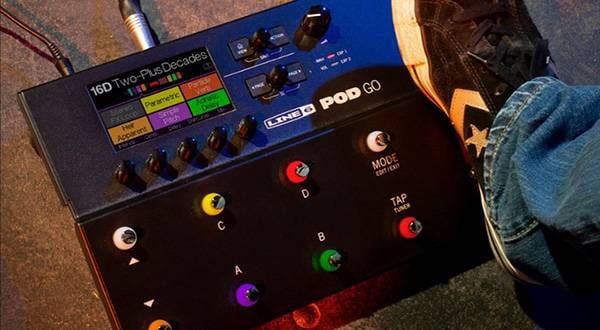
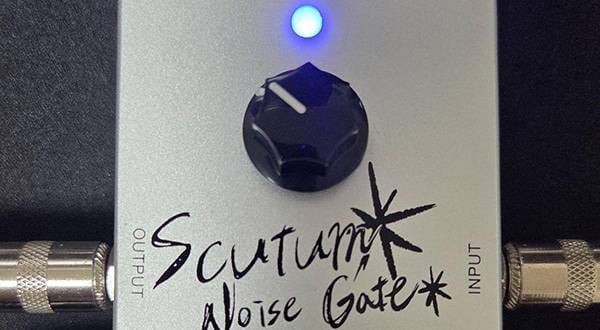

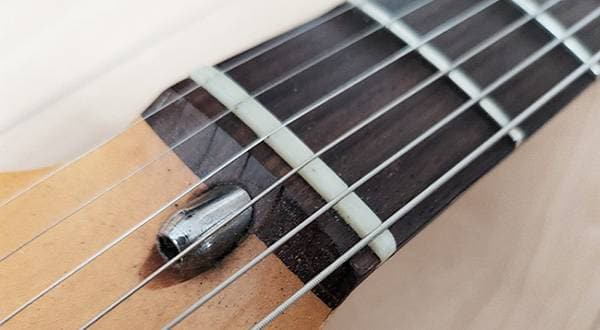
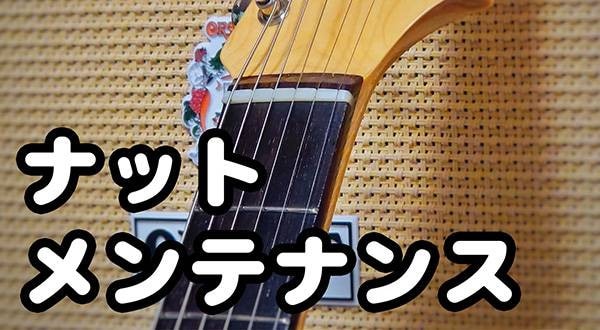
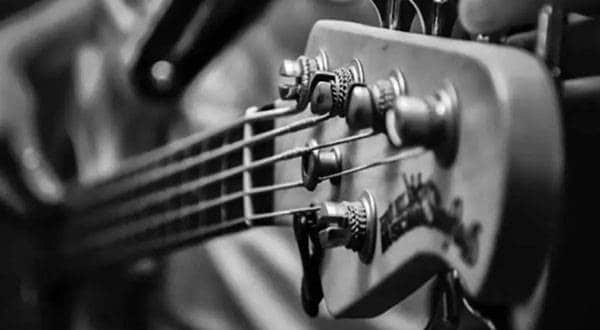
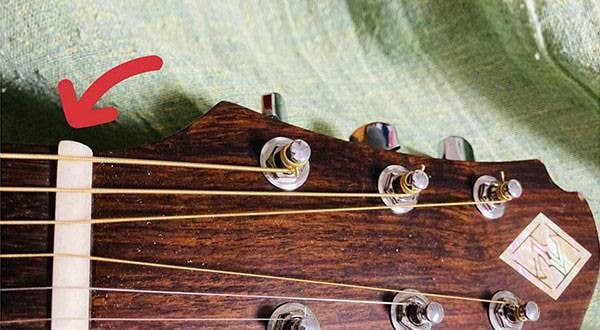
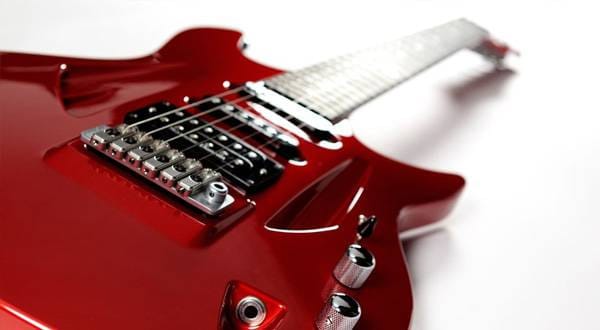
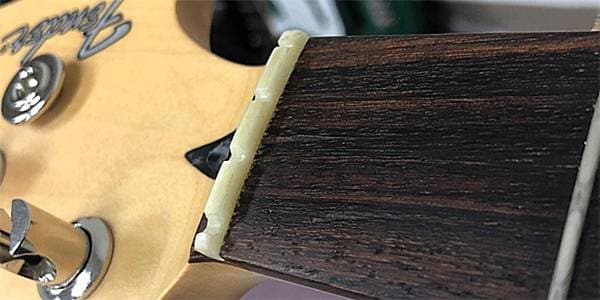
 ギターパーツの沼
ギターパーツの沼
 DIY ギターメンテナンス
DIY ギターメンテナンス
 ギターのお手入れ
ギターのお手入れ
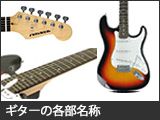 ギターの各部名称
ギターの各部名称
 ギタースタートガイド
ギタースタートガイド



